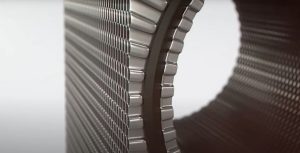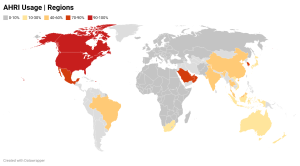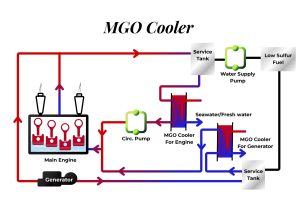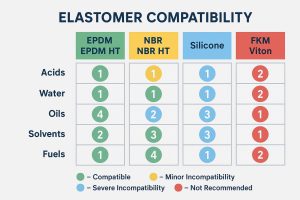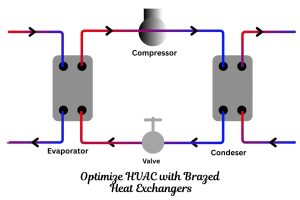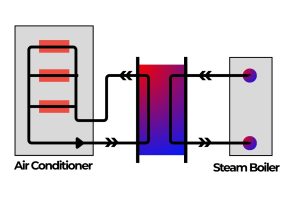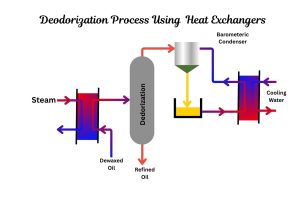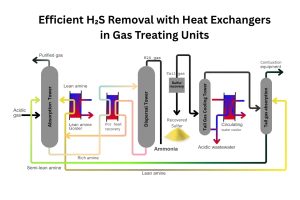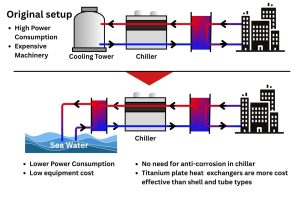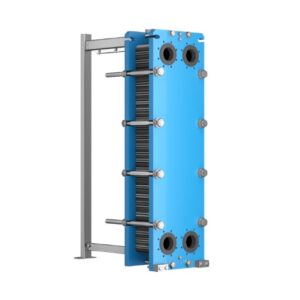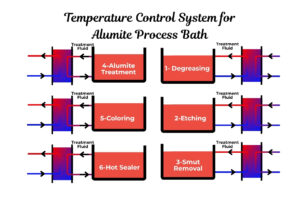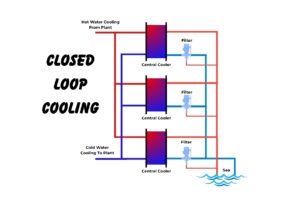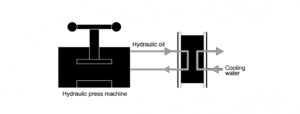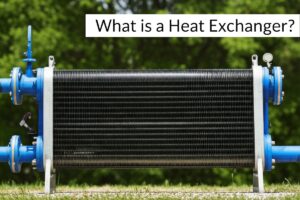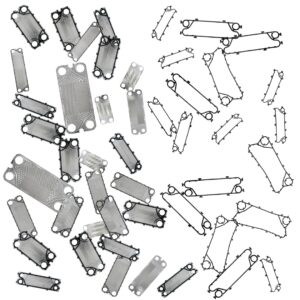AISI 304 vs. 316 Stainless Steel: An Engineer’s Guide to Choosing the Right Material
Stainless steel is a cornerstone material in countless industrial applications, prized for its durability and corrosion resistance. Among the most widely used grades are AISI 304 and AISI 316. While seemingly similar, subtle differences in their composition lead to significant variations in performance, particularly concerning corrosion resistance in specific environments. For engineers and project managers, understanding these distinctions is crucial for selecting the optimal material, ensuring equipment longevity, performance, and cost-effectiveness.
Choosing the wrong stainless steel grade can lead to premature failure, costly repairs, and unexpected downtime. This guide will compare AISI 304 and 316 stainless steel to help you make an informed decision for your next project.
What is Stainless Steel? Understanding the Basics
Stainless steel is primarily an iron alloy with a minimum of 10.5% chromium. This chromium forms a passive layer on the surface in the presence of oxygen, providing the “stainless” quality by resisting rust and corrosion. Nickel is also a key component in the 300-series (austenitic) stainless steels like 304 and 316, enhancing corrosion resistance and mechanical properties.
AISI 304 vs. 316: The Key Composition Difference
The primary difference between AISI 304 and AISI 316 stainless steel lies in the addition of one crucial element:
- AISI 304 Stainless Steel: Often referred to as “18/8” stainless, it typically contains about 18% chromium and 8% nickel. It’s the most common and versatile stainless steel grade, offering good corrosion resistance in many environments.
- AISI 316 Stainless Steel: This grade contains a similar amount of chromium (around 16-18%) and slightly more nickel (10-14%), but its defining characteristic is the addition of **2-3% molybdenum**.
Lower carbon versions (304L and 316L) are also common. The ‘L’ indicates a lower carbon content (max 0.03%), which improves weldability and reduces the risk of sensitization (carbide precipitation at grain boundaries) during welding, enhancing resistance to intergranular corrosion.
Comparing Key Properties: Where 316 Shines
The addition of molybdenum gives AISI 316 stainless steel distinct advantages in specific areas:
Corrosion Resistance
- **General Corrosion:** Both 304 and 316 offer excellent resistance to general atmospheric corrosion and many mild chemicals.
- **Chloride-Induced Corrosion (Pitting & Crevice Corrosion):** This is where 316 significantly outperforms 304. Chlorides, commonly found in saltwater, coastal environments, de-icing salts, and some chemical processes, can break down the passive layer of stainless steel, leading to localized corrosion like pitting (small holes) and crevice corrosion (corrosion in confined spaces like joints or under deposits). The molybdenum in 316 makes the passive layer much more stable and resistant to attack by chlorides.
- **Acid Resistance:** 316 generally offers better resistance to a wider range of acids, especially sulfuric acid, hydrochloric acid, and acetates, compared to 304.
Heat Resistance
Both grades have good heat resistance. AISI 304 can withstand temperatures up to about 870°C (1598°F) for intermittent service and 925°C (1697°F) for continuous service. AISI 316 offers slightly better strength at elevated temperatures and is often preferred for applications requiring higher temperature resistance or involving thermal cycling, though its maximum service temperature is similar to 304.
Mechanical Properties
AISI 304 and 316 have very similar mechanical properties, including tensile strength, yield strength, and hardness. They are both highly ductile and formable, making them easy to work with in manufacturing processes. The ‘L’ grades (304L and 316L) have slightly lower mechanical strength than their standard counterparts but are preferred when extensive welding is involved.
Fabrication and Weldability
Both grades are readily weldable and can be formed using standard fabrication techniques. However, when welding thicker sections of standard 304 or 316, there is a risk of carbide precipitation. Using the low-carbon ‘L’ versions (304L, 316L) is highly recommended for welded applications to prevent sensitization and subsequent intergranular corrosion near the weld joints.
Cost
Due to the addition of molybdenum and the slightly higher nickel content, AISI 316 stainless steel is typically **more expensive** than AISI 304 stainless steel. This cost difference is a key factor in material selection, especially for large projects.
Common Applications: Choosing the Right Grade
Based on their properties, 304 and 316 stainless steels are used in different applications:
- **AISI 304 Applications:**
- Kitchen equipment and appliances
- Food processing equipment
- Dairy processing
- Architectural panels and trim
- Chemical containers (for non-aggressive chemicals)
- Freshwater applications
- **AISI 316 Applications:**
- Marine components and equipment (due to chloride resistance)
- Chemical and petrochemical processing equipment
- Pharmaceutical production
- Medical devices and surgical implants
- Pulp and paper industry
- Heat exchangers in aggressive environments (e.g., with chlorides)
- Laboratory equipment
Making the Right Choice: Environment is Key
The decision between AISI 304 and AISI 316 stainless steel primarily hinges on the **aggressiveness of the operating environment**, specifically the presence of chlorides and certain acids. For applications with minimal exposure to salts or strong chemicals, 304 stainless steel is often sufficient and more cost-effective. However, for harsh environments, especially those near the coast or involving chloride-containing fluids, the added cost of 316 is a necessary investment to prevent premature corrosion and ensure long-term reliability.
Always consider temperature, concentration of corrosive agents, and potential for stagnant areas (crevices) when making your material selection.
Conclusion
While AISI 304 stainless steel serves admirably in a vast array of general applications, AISI 316 stainless steel offers superior corrosion resistance, particularly against chlorides, thanks to its molybdenum content. Understanding this key difference allows engineers to specify the appropriate material, balancing necessary performance requirements with budget considerations.
Selecting the correct material is paramount for the efficiency and lifespan of critical equipment like heat exchangers. At **HeatingFormula**, we understand the nuances of material science in heat transfer applications. Our experts can assist you in evaluating your specific process conditions to determine whether AISI 304, 316, or another alloy is the ideal choice for your heat exchanger components. Contact us today for expert consultation on material selection and heat exchanger solutions tailored to your needs.
Frequently Asked Questions (FAQ) About 304 vs. 316 Stainless Steel
-
Q: What is the main difference between 304 and 316 stainless steel?
A: The primary difference is the addition of 2-3% molybdenum in AISI 316 stainless steel. This element significantly enhances 316’s resistance to corrosion, particularly pitting and crevice corrosion in chloride-rich or acidic environments, compared to 304 stainless steel. -
Q: Why is 316 stainless steel often recommended for marine environments?
A: Marine environments contain high levels of chlorides (salts). The added molybdenum in 316 stainless steel provides superior resistance to pitting and crevice corrosion caused by chlorides, making it much more durable than 304 stainless steel in saltwater or coastal applications. -
Q: Is 316 stainless steel always better than 304 stainless steel?
A: Not necessarily. While 316 offers better corrosion resistance in specific harsh environments (especially those with chlorides), 304 stainless steel is sufficient and more cost-effective for many general applications involving fresh water, standard atmospheric conditions, or mild chemicals like those found in the food industry. Choosing the ‘better’ material depends entirely on the specific application and operating environment.


